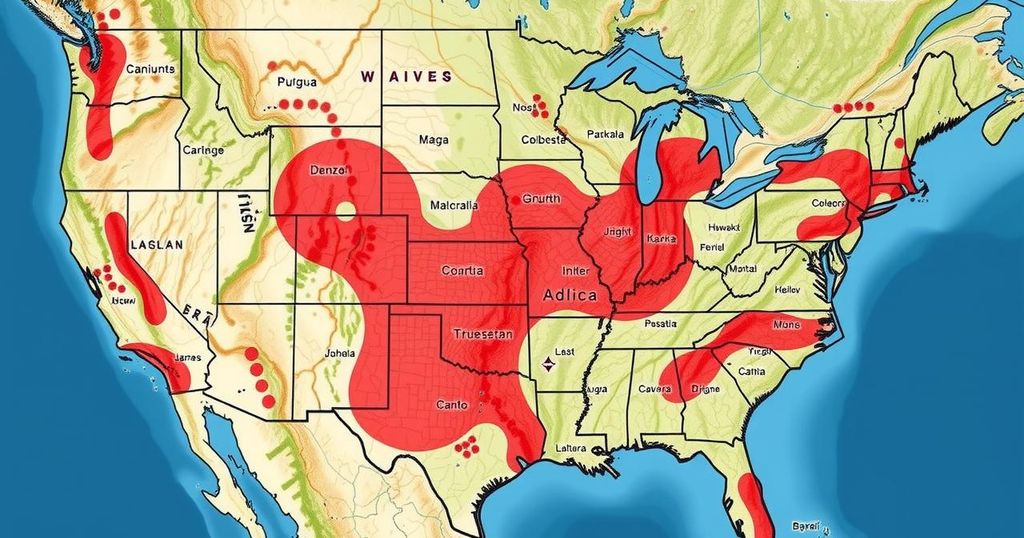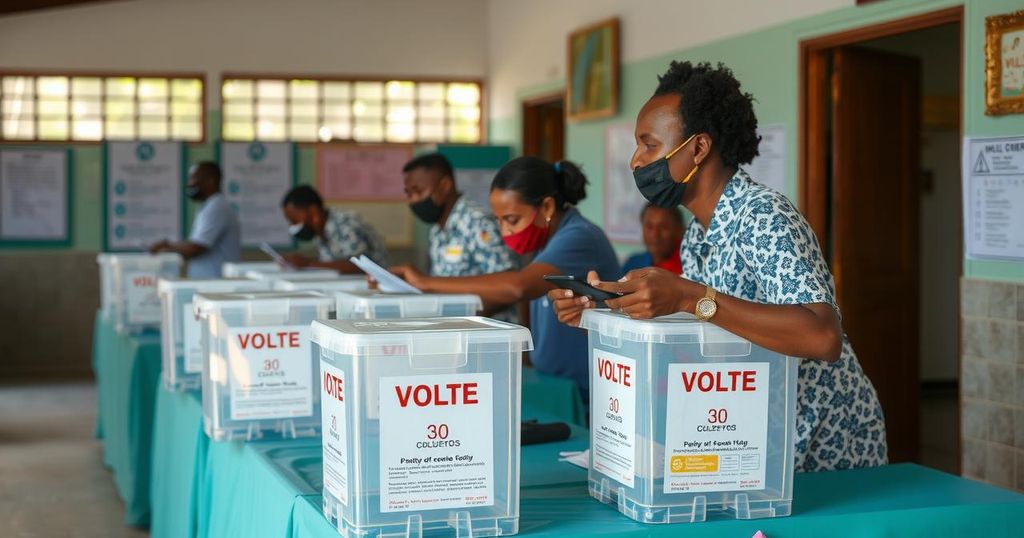World news
AFRICA, ANTSIRANANA, COMOROS, DISASTER MANAGEMENT, EMERGENCY RESPONSE, FLOODING, INAM, LIUPO, MADAGASCAR, MOGINCUAL, MOZAMBIQUE NATIONAL INSTITUTE OF METEOROLOGY, NATURAL DISASTER, NATURAL DISASTERS, UN OCHA, UNITED NATIONS OFFICE FOR THE COORDINATION OF HUMANITARIAN AFFAIRS
Jamal Abdullah
0 Comments
Tropical Cyclone Dikeledi Causes Devastation in Madagascar and Mozambique
Tropical Cyclone Dikeledi struck Mozambique on January 13, 2025, following its landfall in Madagascar on January 11, where it resulted in three fatalities and significant property damage. As it moved offshore into Mozambique, Dikeledi prompted severe rainfall and cyclone warnings in several provinces, especially impacting Nampula and Zambezia.
On January 13, 2025, Tropical Cyclone Dikeledi impacted Mozambique after causing significant destruction in Madagascar, leaving at least three individuals deceased and hundreds of homes damaged or destroyed. The cyclone made landfall in Madagascar’s Antsiranana province on January 11, with maximum winds reaching 155 km/h (96 mph). Reports indicate that the aftermath included 3 fatalities, 11 completely destroyed homes, and 370 that were damaged, affecting over 5,210 individuals in the region.
Damage to essential infrastructure was reported, alongside the disruption of services in areas like Mahajanga and Toliara where ongoing severe rainfall resulted in localized flooding. Following its passage over northern Madagascar, Dikeledi moved southeast of Mayotte, which was still grappling with the devastation from a previous cyclone, named Chido. As Dikeledi intensified, approximately 14,500 residents were evacuated to emergency shelters across Mayotte.
Air traffic at Dzaoudzi–Pamandzi International Airport was halted on January 13, with flights gradually resuming the following day and full operations expected by January 15. Consequently, local authorities announced the postponement of school reopenings in regions affected by the cyclone to at least January 20.
Dikeledi subsequently advanced towards Mozambique, making contact with the coast near Nacala in Nampula Province while maintaining wind speeds of up to 160 km/h (98 mph). The cyclone’s heavy rainfall impacted Nampula and Zambezia provinces, prompting the Mozambique National Institute of Meteorology (INAM) to issue Red cyclone alerts in affected areas, foreseeing rainfall exceeding 200 mm (8 inches) within 24 hours and strong winds across various districts.
Tropical cyclones pose an ongoing threat to coastal regions in Africa, particularly in Madagascar and Mozambique. Cyclone Dikeledi demonstrates the severe implications of such weather systems, including fatalities, infrastructural damage, and community disruption. The capacity for recovery depends heavily on emergency response coordination, including evacuations and restoration of services. This incident underscores the vulnerabilities faced by these nations due to climatic phenomena, necessitating preparedness strategies to mitigate the impacts of future cyclones.
Tropical Cyclone Dikeledi has wreaked havoc in the Indian Ocean region, particularly affecting Madagascar and Mozambique. The cyclone resulted in fatalities and widespread destruction, revealing vulnerabilities within these communities. Emergency responses, including evacuations and infrastructure assessments, remain critical in addressing the immediate aftermath, ensuring that recovery efforts can restore safety and stability to the affected regions. Continuous monitoring and preparedness will be essential to minimize the impacts of future natural disasters.
Original Source: watchers.news




Post Comment